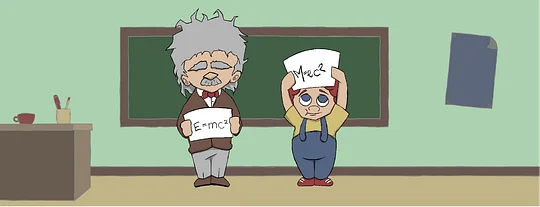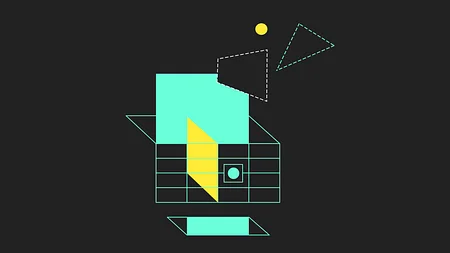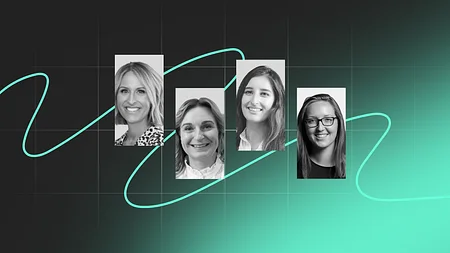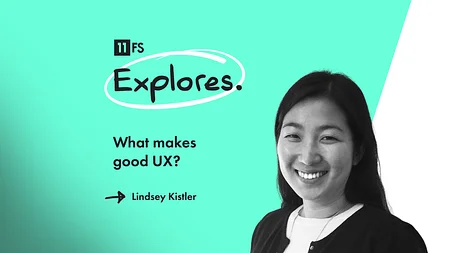The difference between good and great

Lately I’ve noticed a few banks and fintechs wanting to “get started designing screens right away”. It seems great, but building the wrong thing is worse than building nothing at all.
Getting started is half the battle
It happens all the time, there’s a giant strategic initiative that sits on the roadmap for years not getting delivered, so as soon as a bank gets the internal approvals to 'start', like a bat out of hell, they’re designing screens.
There is no nirvana of start-up like productivity. But I understand the urge to rush and frankly it is a lot better than being stuck in powerpoint and committee purgatory for two years.
How fortunate then, that there’s an army of consultancies, agencies and delivery vendors ready to help you design screens. You want screens? They got screens. You want a customer journey? Oh well, my friend, you came to the right place. If you really want to get fancy, they’ll war-room a six-week sprint and iterate with actual customer feedback!
But it begs one question
Why?
Why are we designing screens? To deliver what’s on the roadmap. Why was it on the roadmap? To deliver digital transformation. Why do we need digital transformation? To keep up with the competition. Why do we need to keep up with the competition? To retain customers. Why do you need to retain customers? To keep making money.
Push hard enough and you can get at the commercial motive (in my experience, understanding a commercial lever makes you really stand out…) But the thing missing in all of this is why anyone would want those screens in the first place. Sure the competition has those features and screens, heck, even the shiny challenger bank added those features and they’re growing rapidly, so it must be what those Millennials want, right?
Good artists copy, great artists steal
Pablo Picasso
Stealing with pride is a good idea
Firstly, being inspired by what others are doing is the very essence of great product development. Heck, this is why we created 11:FS Pulse. You should be aware of what others are doing. But copying each feature, brick by brick, without understanding why those features are there isn't greatness, it’s table stakes. It’s where you start, not where you end.
Secondly, there’s also a ton we can learn outside of financial services, from just great services. What’s your most-used app? Why do you like it? What did you do to achieve the same result before you had that app? OK, now reverse-engineer why that app has succeeded.
Thirdly, let’s remember the superpowers of digital. It’s real-time, it’s intelligent and contextual, so what more could we do if we really understood our customer?
Before we start, knowing why is critical. Yes, we can steal with pride but we have to understand why. Imagine you sat next to Einstein in school; you might be able to copy the same formula, but could you recreate it? Could you use it?
What is the customer job to be done?
Otherwise we end up with...
The world’s shittiest RFP
If your problem statement is something like “millennials aren’t borrowing enough compared to previous generations, therefore we need you to deliver screens for these 5 features”, then you’ve really missed an opportunity.
At 11:FS we reject RFPs that want to start with building screens and don’t have some understanding of what customer job is being solved. That isn’t “buying some loans products”, it’s usually more like “help me manage an unexpected bill”, or “help me make memories that last a lifetime”. That’s not us being artsy fartsy, it’s ultimately about success for your business.
We can build the screens but will anyone care when we do?
It’s time to take the romance out of building screens. It’s not about how pretty the screen, or how fast it was built. It’s about finding that thing customers love. Otherwise, we end up in the “design, test, oh shit” hell, where we’ve built the screens but in testing, nobody can use them.
No amount of above-the-line or TV advertising will help customers use a feature that’s poorly built.
It sounds simple on the surface, but the first port of call is to step back (not forever, not for a year, not doing Powerpoint!), but to talk to customers. Many banks and financial institutions contract a research agency who delivers a research report and ticks the “talked to customers” box. See, this misses the point. If you don’t understand on a deeply personal level what’s important to customers and what’s painful, how can you deliver something truly great?
Then using those insights, turning them into concepts and understanding how might we deliver those. That’s all the stuff you’ve gotta do before you get to designing screens. It’s one of those walk before you run things.
The difference between good and great...
...is falling in love with customer problems, and architecting everything you do around them. From your governance to talent, culture and incentives. How do you do that?
Well, that’s a story for another blog post but if you want to get started, let's have a chat. I’m simon@11fs.com and I love this shit.



